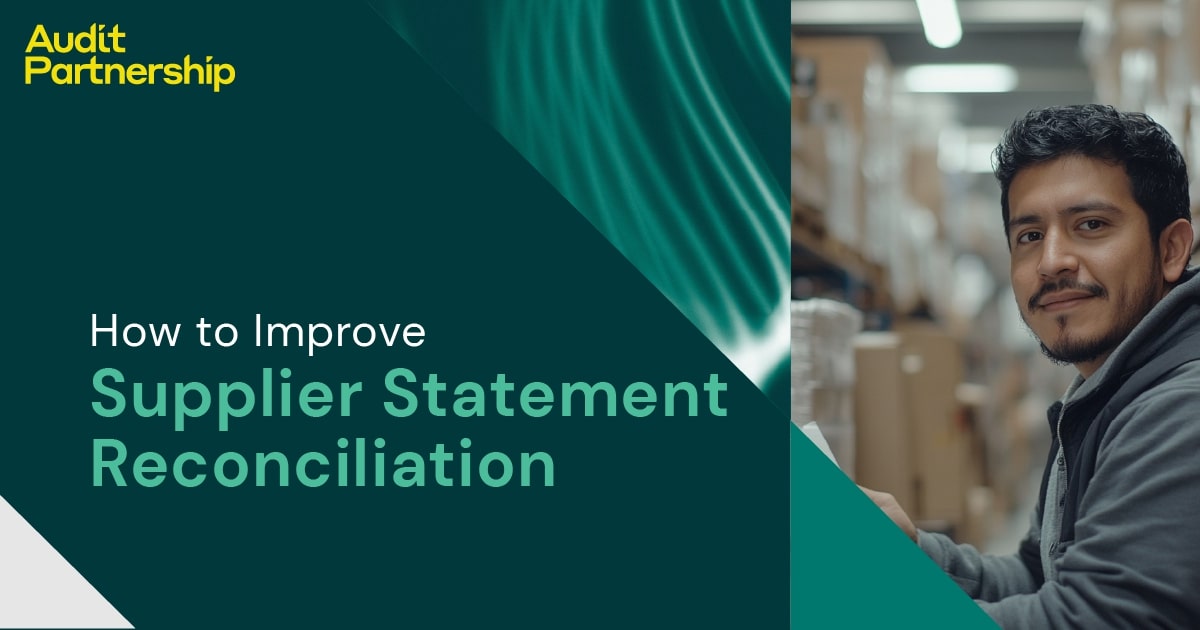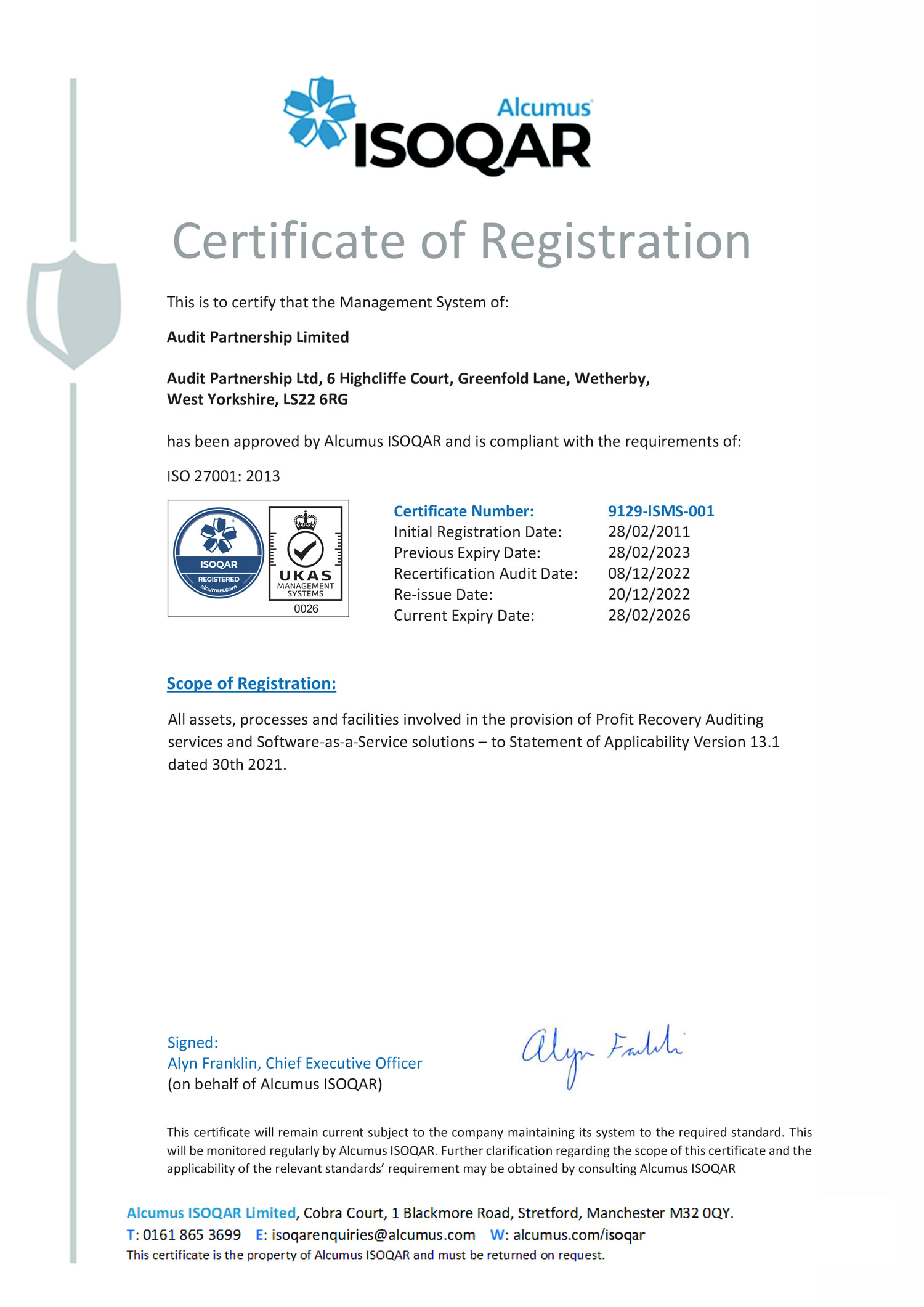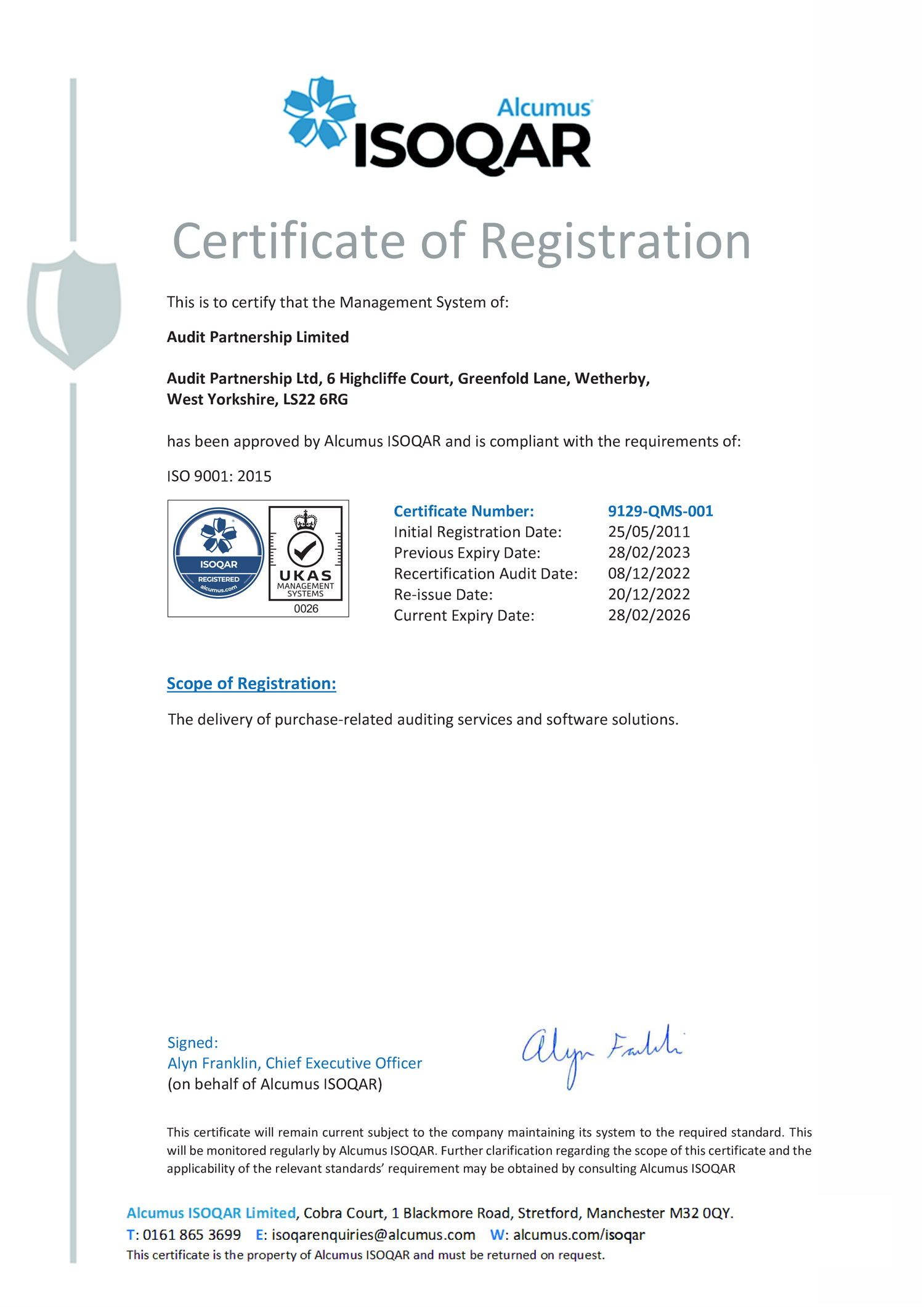
Supplier statement reconciliation is crucial for businesses that maintain healthy relationships with their suppliers while ensuring proper financial reporting. Effective reconciliation allows companies to verify the accuracy of transactions, resolve discrepancies, and provide timely payments.
Let’s explore the various strategies for improving supplier statement reconciliation, helping businesses achieve their processes, and enhancing overall financial efficiency.
What is Supplier Statement Reconciliation?
Supplier statement reconciliation involves comparing a company’s records of purchases and payments with a supplier’s statement. This ensures both parties agree on the amounts due, payments made, and outstanding balances.
A well-executed reconciliation process can uncover billing errors, missed invoices, and disputes, all of which, if left unnoticed, can lead to more significant financial outcomes and add time to investigating these issues. Thus, the practice of how to improve supplier statement reconciliation is vital for any business that depends on suppliers to maintain its operations.
Top 7 Ways to Improve Supplier Statement Reconciliation.
Here are the top key factors to improve supplier statement reconciliation. It gives clear protocols and updates to enhance growth.
1. Standardise Processes
Standardising the reconciliation process across the organisation is the first step in improving supplier statement reconciliation. By developing clear protocols, you ensure that every team member follows the same procedures, reducing the chances of errors. This includes establishing a consistent format for recording transactions, documenting disparities, and handling outstanding issues.
2. Improve Open Communication with Suppliers
Clear communication with suppliers is key to maintaining strong relationships and ensuring a smooth reconciliation process. Regularly engaging with suppliers to confirm account details, discuss disparities, and clarify expectations can facilitate transparent reconciliation.
Here are some tips for fostering better communication:
- Schedule Regular Meetings: Establish a routine of meetings or calls with suppliers to review accounts and address potential issues.
By fostering a culture of open communication, businesses can quickly address issues, which will improve supplier statement reconciliation.
3. Review and Verify Transactions Regularly
Reviewing transactions and account balances regularly is vital for an effective reconciliation process. Businesses should not wait for the end of a financial period to set their accounts; rather, they should conduct reconciliations on a more frequent basis.
Best practices include:
- Monthly Reviews: Select a month-end review of supplier statements and transactions to identify disparities early.
- Utilise Key Performance Indicators (KPIs): Monitor KPIs related to supplier payment cycles, reconciliation accuracy, and time taken to resolve disparities.
- Conduct Audits: Regular internal audits can help ensure that the reconciliation process is followed correctly and that the financial records are accurate.
By making transaction reviews a regular practice, businesses can improve supplier statement reconciliation by identifying issues quickly before they escalate.
4. Best Practices
Supporting team training is crucial for enhancing the reconciliation process. Providing team members with the proper knowledge and tools allows them to manage supplier accounts and details effectively.
Consider the following training methods:
- Continuous Learning: Regularly update your team on changes in financial regulations or software updates that affect the reconciliation process.
Through consistent training, businesses can create a knowledgeable workforce that contributes to improving supplier statement reconciliation.
5. Maintain Accurate Records
Accurate record-keeping is the backbone of the reconciliation process. To discover effective supplier statement reconciliation, businesses should ensure that every transaction is recorded clearly and quickly.
To maintain accurate records:
- Digitise Records: Use digital record-keeping methods to minimise errors associated with manual document handling. Benefits include easier access, improved searchability, and reduced physical storage needs.
- Regularly Update Supplier Information: Keep supplier contact details, payment terms, and other relevant information current to avoid confusion during reconciliation.
Organisations can significantly improve supplier statement reconciliation and enhance financial integrity by prioritising updated record-keeping.
6. Data Analytics
Data analytics can provide valuable insights into the reconciliation process and supplier relationships. Analysing transaction data can reveal trends, common disparities and areas for improvement.
- Identify Trends: Reviewing recorded data allows businesses to identify frequent errors or disparities that may occur with specific suppliers, enabling proactive measures.
- Tracking Performance: Compare your reconciliation metrics against industry standards to identify areas for improvement.
- Root Cause Analysis: Use data to conduct root cause analyses of recurring disparities, allowing for specific solutions that enhance overall efficiency.
By handling data analytics, companies can make proper standards and effectively improve supplier statement reconciliation processes.
7. Conduct Regular Audits for Compliance
Internal audits are essential to an effective reconciliation process. Regular compliance checks ensure that the reconciliation process meets internal policies and external terms & regulations.
- Document Policies: Develop clear internal policies that outline the reconciliation procedures and publish them to all relevant teams.
- Scheduled Internal Audits: Regularly audit your reconciliation practices to ensure compliance and identify improvement areas.
- Feedback Mechanism: Create channels for employees to provide feedback, clarify doubts, and suggest improvements to the reconciliation process, allowing regular optimisation based on their experiences.
A compliance and continuous improvement culture can significantly enhance efforts to improve supplier statement reconciliation.
Importance of Supplier Statement Reconciliation
The reconciliation process is essential for several reasons:
- Accuracy in Financial Records: Businesses can maintain the right financial statements by ensuring that the company’s accounts match the supplier’s.
- Improved Cash Flow Management: Identifying and resolving disparities quickly aids in effective cash flow management, preventing overpayments and unwanted delays.
- Stronger Supplier Relationships: Regular reconciliation improves supplier trust, enhancing long-term business partnerships.
- Timely Payments: A well-designed reconciliation process allows companies to make timely payments, avoiding penalty amounts and supply disruptions.
- Fraud Prevention: Regular reviews of supplier accounts can help identify any suspicious activity, reducing the risk of fraud.
These benefits are essential, so let’s know how businesses can improve supplier statement reconciliation.
Audit Partnerships: Your Gateway to Exclusive Recovery Audit Services.
At Audit Partnership, we are committed to helping businesses optimise their financial operations and strengthen supplier relationships through data-driven solutions that meet their needs.
Conclusion
Effective supplier statement reconciliation is vital for maintaining strong supplier relationships and ensuring financial accuracy in the present business environment. Businesses can significantly improve supplier statement reconciliation by focusing on methodical practices, utilising technology, and enabling communication.
Frequently Asked Questions FAQs – How to Improve Supplier Statement Reconciliation
1. What is supplier statement reconciliation?
Supplier statement reconciliation compares a company’s purchasing and payment records with a supplier’s statement to verify accuracy and resolve discrepancies.
2. Why is supplier statement reconciliation important?
It ensures accurate financial reporting, improves cash flow management, boosts supplier relationships, and helps prevent fraud.
3. How can technology help in improving reconciliation?
Automated reconciliation software reduces manual errors, enables quick data comparison, and enhances visibility.
4. How often should supplier statement reconciliation be performed?
It is recommended that monthly reconciliations be conducted to catch disparities early and ensure timely payments.
5. What role does staff training play in effective reconciliation?
Training ensures that employees gain fundamental knowledge of the processes and best practices involved in reconciliation, resulting in accuracy and efficiency.













